Unveiling the inner structures of Active Galactic Nuclei with VLTI/GRAVITY+
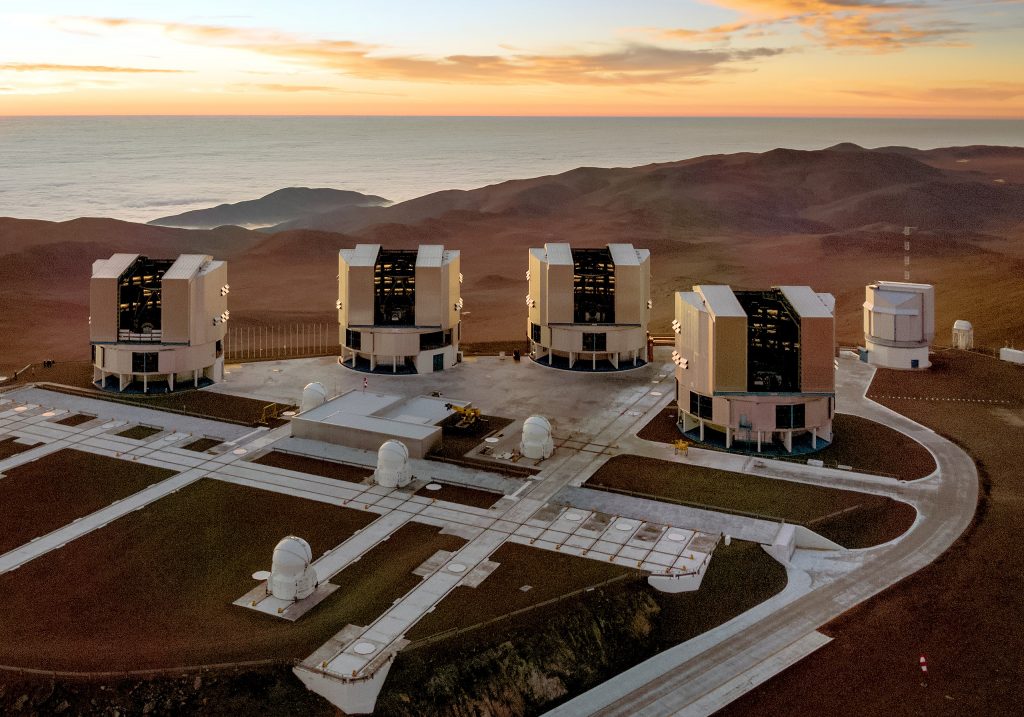
The Very Large Telescope Interferometer (VLTI) is a cutting-edge facility located at the Paranal Observatory in Chile. By combining the light from up to four individual telescopes, the VLTI achieves unprecedented angular resolution, equivalent to that of a single telescope with a diameter of up to 130 meters. This revolutionary capability allows astronomers to explore fine details in distant astronomical objects, from stars and exoplanets to the environments surrounding black holes. With its suite of advanced instruments, the VLTI serves as a cornerstone of modern observational astronomy.
The GRAVITY is the second-generation VLTI beam combiner that works in 2-2.5 micron. GRAVITY has delivered groundbreaking sensitivity and precision, enabling astronomers to probe the Milky Way Center, the inner regions of active galactic nuclei, exoplanet systems, young stellar objects, and resolving the Einstein ring of microlensing events. GRAVITY is being upgraded to GRAVITY+ to achieve higher sensitivity and sky coverage. GRAVITY+ upgrade will be fully finished in the end of 2025.
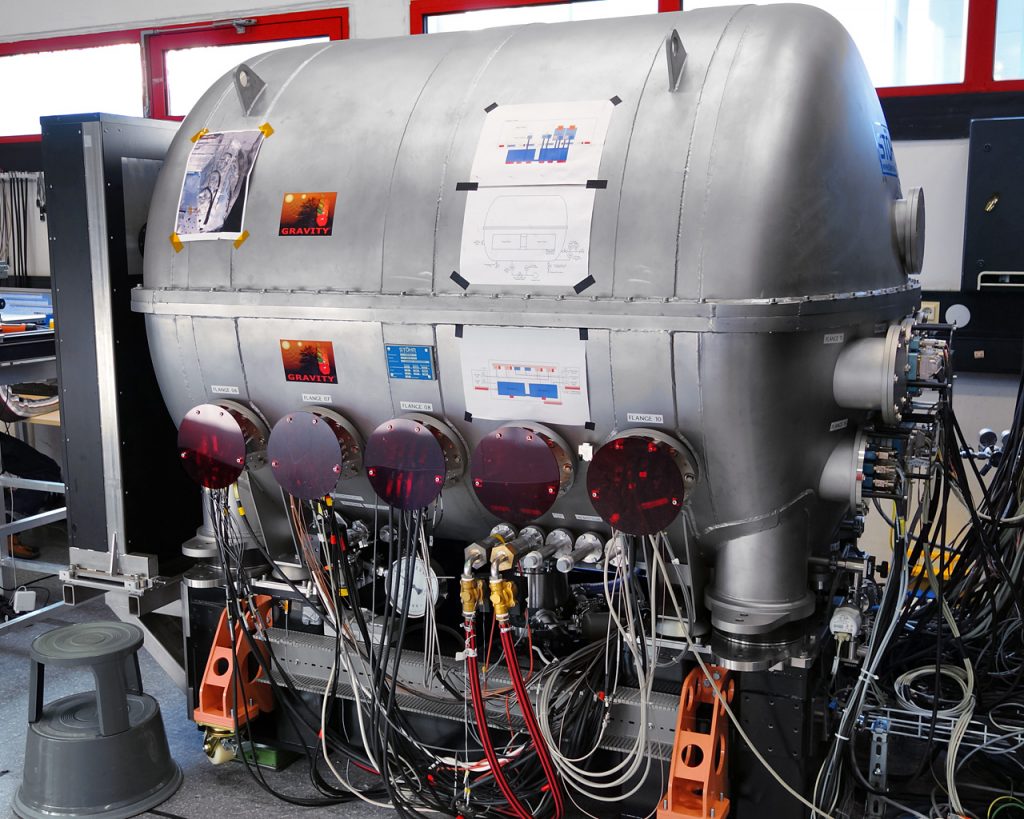
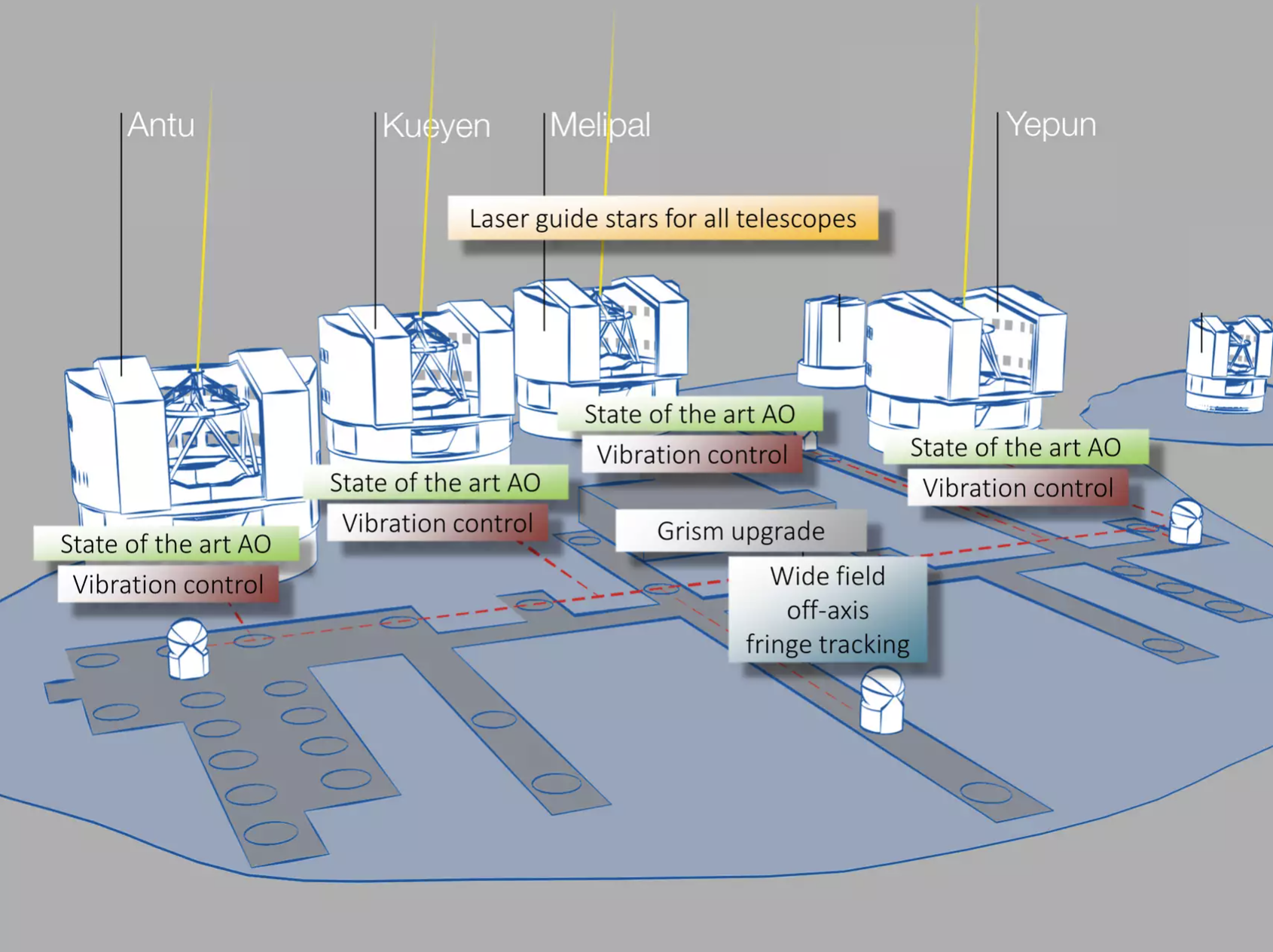
Active Galactic Nuclei (AGN) Science with GRAVITY
Over the last 7 years, GRAVITY, for the first time, spatially resolved the AGN broad-line region (BLR; GRAVITY Collaboration 2018). With an AGN Large Program led by Jinyi Shangguan as a postdoc at the Max-Planck Institute for extraterrestrial Physics Infrared Group between 2019 and 2021, we were able to measure the BLR structures of a total of seven low-redshift AGNs (GRAVITY Collaboration 2020b, 2021, 2024a) and their surrounding hot dust structure (GRAVITY Collaboration 2020a, 2024b). Previously, the BLR and hot dust emission sizes could only be measured by the reverberation mapping (RM) technique. These observations demonstrate that near-infrared (NIR) interferometry is highly efficient in probing AGN structures and reveals a diversity of BLR dynamics. We found that the BLR radius shows a shallower relation with AGN luminosity compared to the canonical relation found by RM (GRAVITY Collaboration 2024a). An accurate structural and phoionization model of the BLR is crucial to the accuracy of the measured SMBH mass. It is, therefore, urgent to fully characterize AGN global properties and investigate their physical link to the BLR structure.
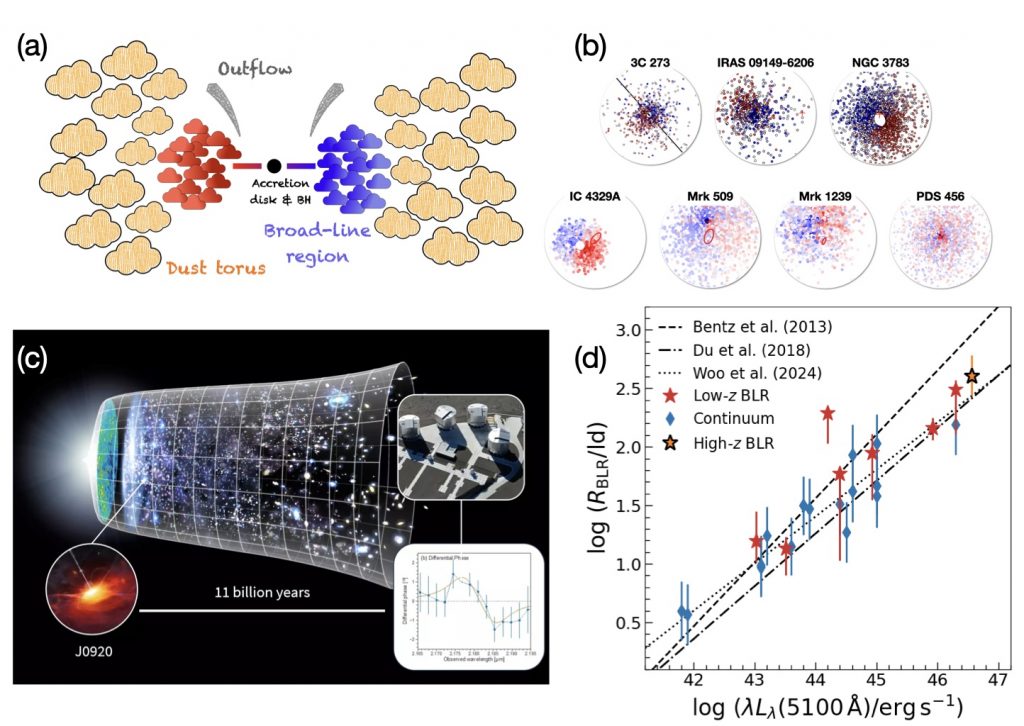
Panel (a) shows a typical structure the inner region of an AGN. Panel (b) presents the BLR model results of GRAVITY observed low-redshift AGNs. Panel (c) shows the press release figure of the first redshift 2.5 quasar observed by GRAVITY+ in the newly commissioned wide-angle phase reference mode. Panel (d) summarizes the BLR radius and luminosity relation GRAVITY(+) observed using the broad line and continuum observations.
GRAVITY+ will enable the observations of hundreds of AGNs and quasars from local to early Universe. We plan to collect a “golden sample” of AGNs with GRAVITY+ observation and ancillary multiwavelength data. We will obtain precise measurements of SMBH mass and accretion physics, investigate SMBH–galaxy coevolution, search for SMBH binaries, and develop novel techniques for interferometric observations and data analysis.
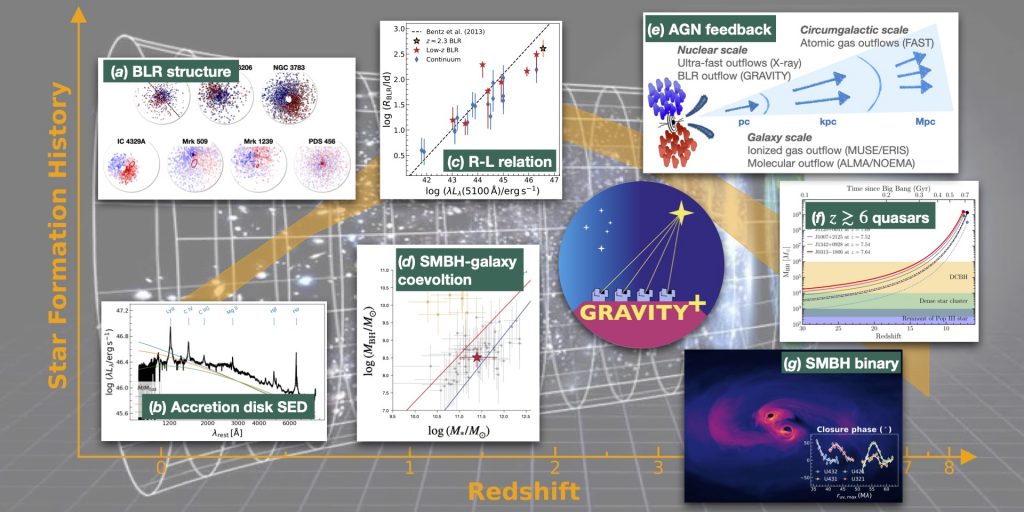
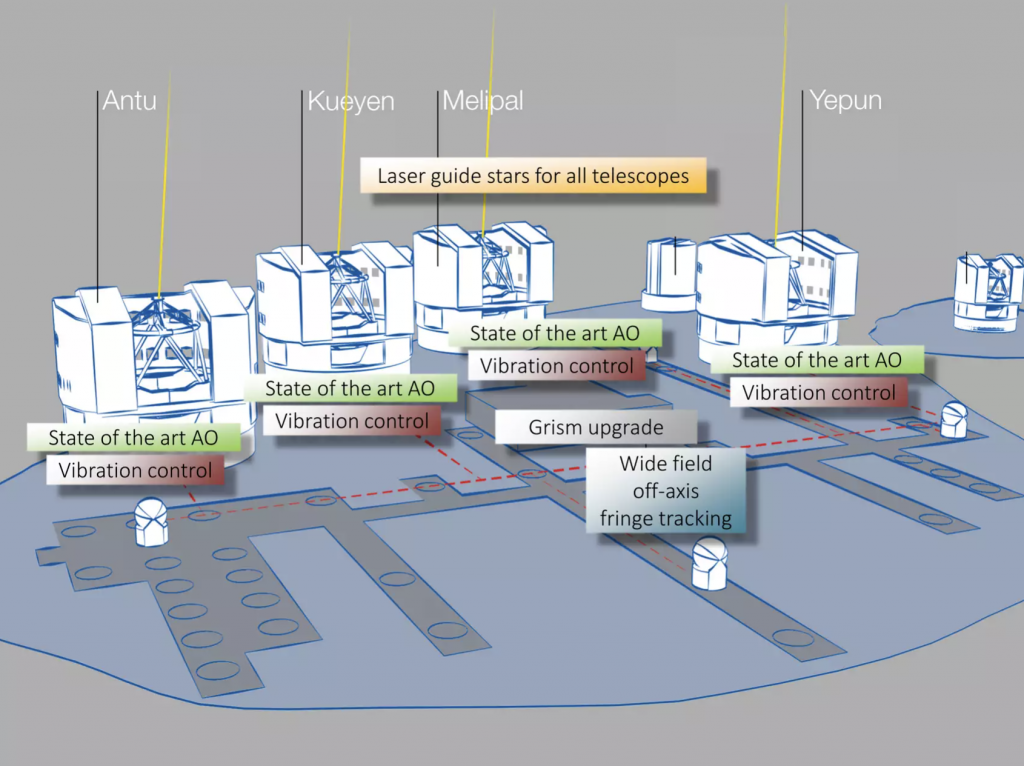
GRAVITY+ will enable the observations of hundreds of AGNs and quasars from local to early Universe. We plan to collect a “golden sample” of AGNs with GRAVITY+ observation and ancillary multiwavelength data. We will obtain precise measurements of SMBH mass and accretion physics, investigate SMBH–galaxy coevolution, search for SMBH binaries, and develop novel techniques for interferometric observations and data analysis.